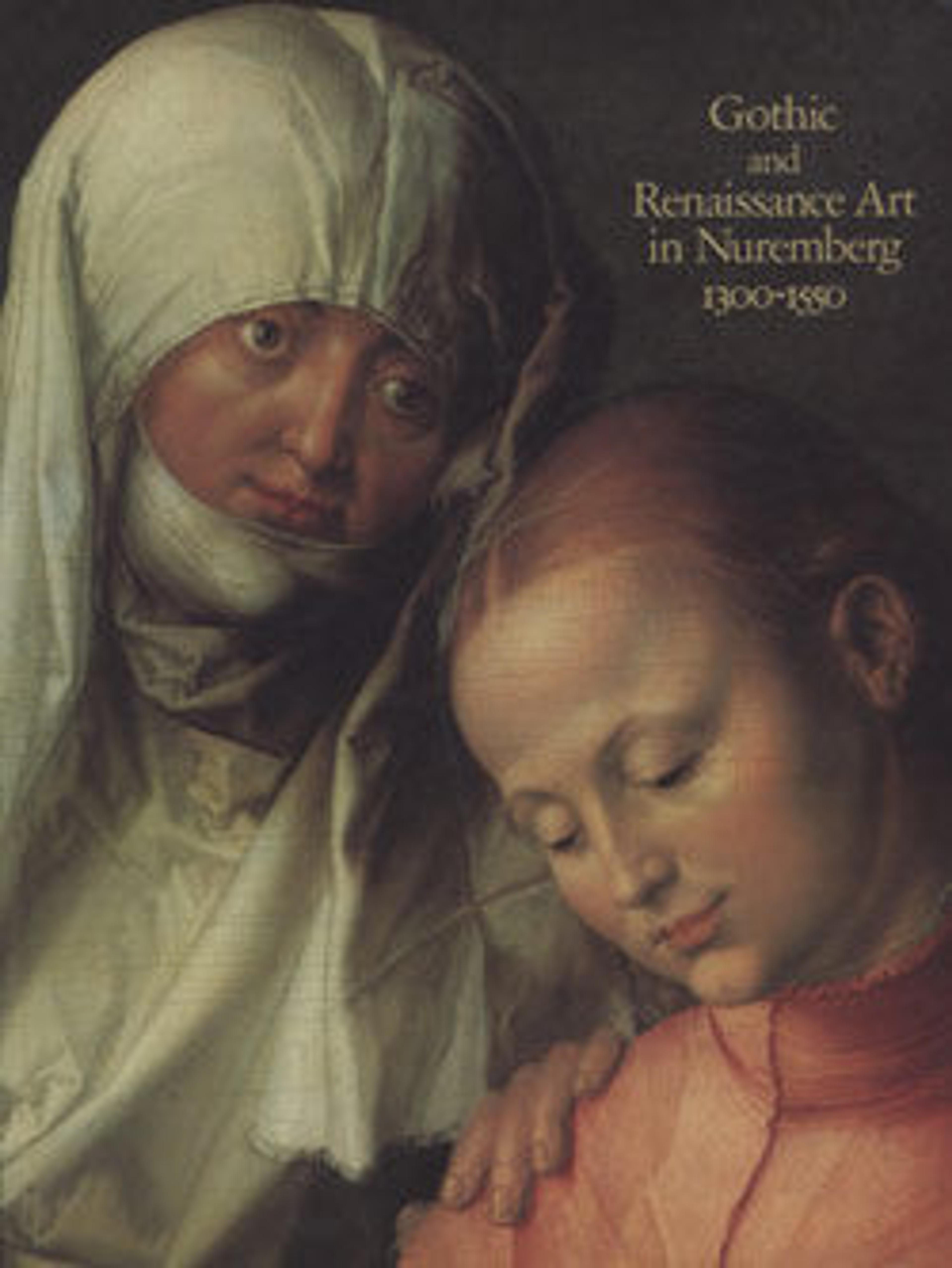The Holy Family
Dürer created only three prints in the medium of drypoint. Since the other two are dated 1512, this drypoint is presumed to date from the same time. The print was thus produced at the height of the artist's career, just prior to such famous "master prints" as the Melancholia and Knight, Death, and the Devil. Yet the composition harks back to one of the artist's earliest engravings, produced when Dürer was under the influence of the most prolific drypoint artist of the Renaissance, the Housebook Master.
Produced by scratching the surface of the metal with a sharp needle, the image has the character of a delicate drawing. Apparently conceived in an experimental mode and never completed, the print is nonetheless highly evocative. The three ghostly figures who press into the space behind the Virgin and Child—Saint John, the Magdelene, and Nicodemus—do not belong to the story of Christ's childhood but, as witnesses to the Crucifixion, are a presentiment of his future suffering. The soft shadow produced by the drypoint burr shrouds the figures and deepens the melancholy atmosphere.
Produced by scratching the surface of the metal with a sharp needle, the image has the character of a delicate drawing. Apparently conceived in an experimental mode and never completed, the print is nonetheless highly evocative. The three ghostly figures who press into the space behind the Virgin and Child—Saint John, the Magdelene, and Nicodemus—do not belong to the story of Christ's childhood but, as witnesses to the Crucifixion, are a presentiment of his future suffering. The soft shadow produced by the drypoint burr shrouds the figures and deepens the melancholy atmosphere.
Artwork Details
- Title:The Holy Family
- Artist:Albrecht Dürer (German, Nuremberg 1471–1528 Nuremberg)
- Date:1512–13
- Medium:Drypoint
- Dimensions:Sheet: 8 1/4 x 7 1/8 in. (21 x 18.1 cm)
- Classification:Prints
- Credit Line:Fletcher Fund, 1919
- Object Number:19.73.51
- Curatorial Department: Drawings and Prints
More Artwork
Research Resources
The Met provides unparalleled resources for research and welcomes an international community of students and scholars. The Met's Open Access API is where creators and researchers can connect to the The Met collection. Open Access data and public domain images are available for unrestricted commercial and noncommercial use without permission or fee.
To request images under copyright and other restrictions, please use this Image Request form.
Feedback
We continue to research and examine historical and cultural context for objects in The Met collection. If you have comments or questions about this object record, please contact us using the form below. The Museum looks forward to receiving your comments.
